Build visible impression and colour harmony with a palette of Complementary Colors.
Complementary colors—the hues immediately opposite every other on the coloration wheel— are eye candy. The eye delights in these shade combinations and dances back again forth with gleeful abandon alongside the edges in which complementary colors meet up with.
Attempt this experiment. Stare at the picture of an apple (down below) for a superior 30 or 40 seconds. Genuinely melt away it into your mind. Then move your eyes and stare at the blank area beside the apple. An afterimage of a green or blue-eco-friendly apple will surface. This comes about because, as you stare at the apple, the rods and cones in your eyes become saturated by the crimson of the apple and commence to adjust. When you glance away from the apple, the retinal impact persists, but the eye, obtaining grow to be a lot less sensitive to the red gentle, sees a lot more of the green or bluish green light in the afterimage.
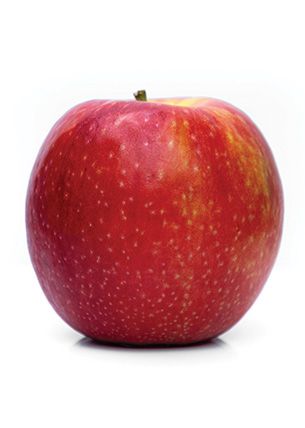
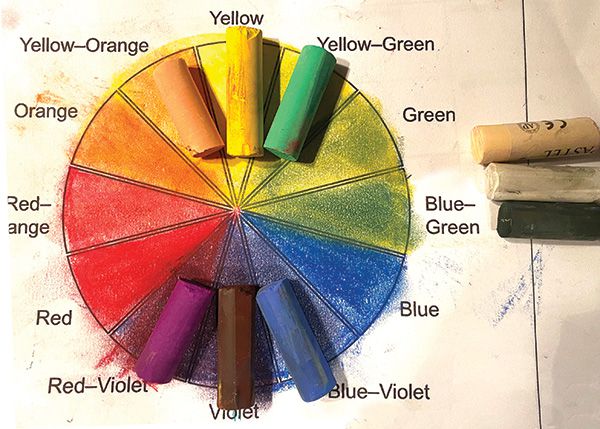
This is also why you may perhaps have found a green flash when the sunlight sets. As the sunlight dips lower in the sky, it turns reddish orange prior to vanish-ing underneath the horizon. The and cones in your eyes develop into overloaded with the intensive reds, which may perhaps bring about you to see a gleam of environmentally friendly when the sunlight disappears. Human eyes are geared towards complementary colors, so they are attracted to a portray that skillfully uses them to create coloration harmony.
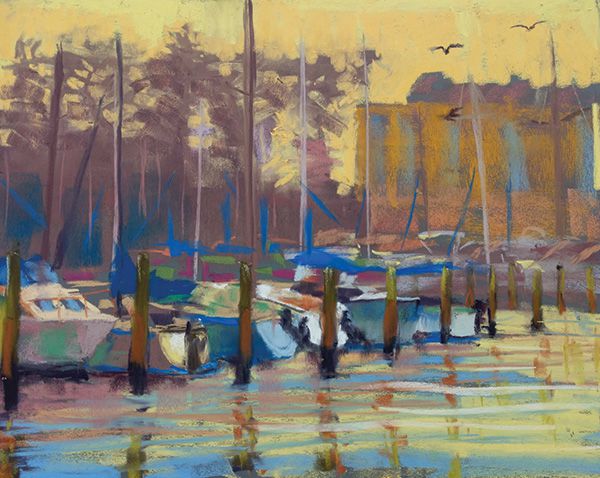
Complementary Palettes
I uncovered about the electricity of complements from the e-book The Yin/Yang of Painting, by Hongnian Zhang and Lois Wooley, both of those of whom taught lessons in New York. Their ebook describes a palette based mostly on complementary hues moreover warmer, cooler and neutralized variations of all those hues. Zhang employs oil paints in the reserve, but Wooley’s do the job displays how effortlessly the rules can be tailored to pastel.
To develop a complementary palette, start out with two complementary colors. Then add a hotter and a cooler edition of every of those people hues. On the shade wheel, these additional hues are positioned on both side of your unique complementary-shade pairing.
For case in point, a yellow/purple palette would contain the true main yellow moreover a warmer (yellow-orange) and cooler (yellow-inexperienced) version of yellow. I could also consist of yellow ochre and umber as yellows. On the purple facet, I would use accurate violet, additionally a hotter edition (crimson-violet) and a cooler model (blue-violet). I could also use black and white to tint (lighten) and tone (darken) the hues. (See Yellow/Purple Complementary Palette)
“Even including just a touch of complementary shade into a painting will make it pop visually.”
Neutrals
You add neutrals to a complementary palette by combining complementary colours. For illustration, when you combine yellow with purple, you get mud—a neutral. All neutrals occur from mixing complements, but if you change the proportions of the enhances, you get an assortment of neutrals that are much additional appealing than any other coloration in your pastel box. What is a lot more, these neutrals tie the enhances jointly, producing color harmony. (See Complementary Neutrals)
Neutrals also show off the superior-chroma hues. If all the things has the same color intensity, your eyes change, and colour does not stand out. Put a large-chroma coloration versus a neutral, and it pops. Hudson River Faculty artists were well known for taking benefit of this phenomenon, as evidenced by Dawn, by Frederic Church.
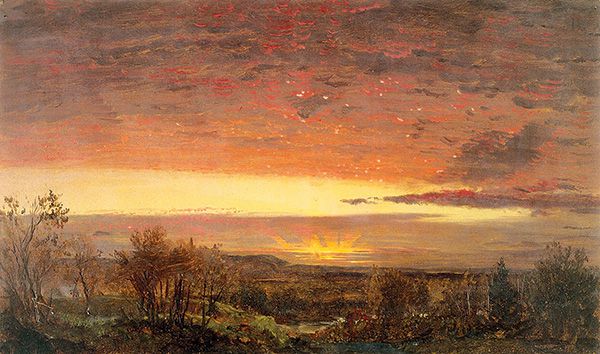
Complementary Neutrals
These a few tables present the selection of neutrals that can be created by altering the proportions of complementary colours. Firming with black or tinting with white more provides to the possibilities. Observe the stunning neutrals in each individual table. When you discover to combine neutrals, you’ll by no means use a brown pastel again. What is a lot more, because the enhances and their neutrals consist of the same element colours, they all harmonize.
Chromatic Scale Yellow/Violet
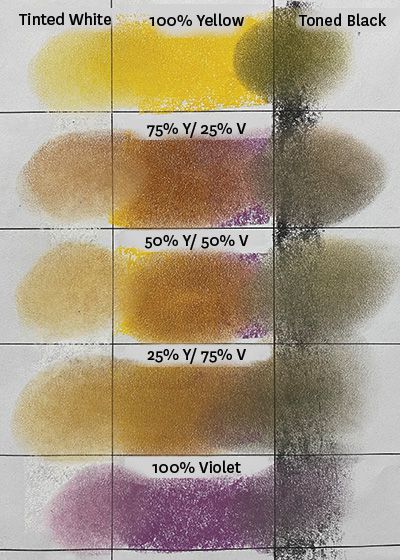
Chromatic Scale Orange/Blue
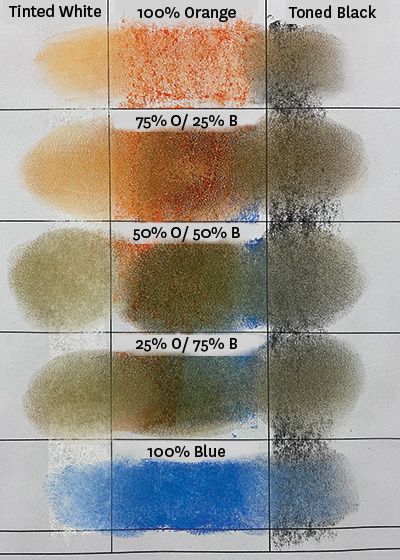
Chromatic Scale Crimson/Inexperienced
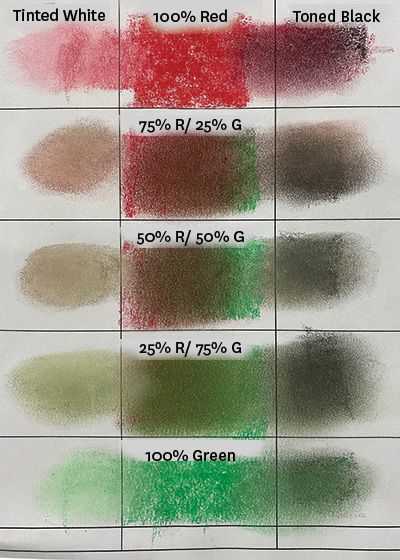
Choosing Enhances
I’ll generally do scientific tests utilizing different complementary palettes to come to a decision which palette operates most effective for a remaining composition. These scientific tests are all produced making use of only the complements plus hotter and cooler variations. The enhances are normally layered or blended to produce the neutrals, resulting in coloration harmony.
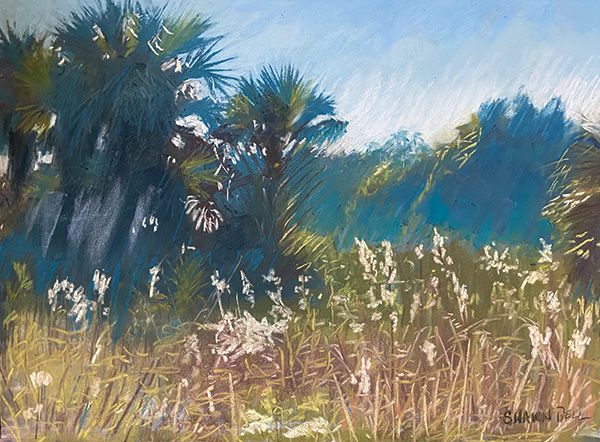
To make a coloration research, begin with a benefit sketch or a black-and-white reference picture. This keeps you from currently being extremely motivated by the normal shade of the scene. Upcoming, use a colour wheel to assist you pick pastels. Select two enhances and include hotter and cooler variations of just about every. The moment you’ve chosen the 6 pastels, make a coloration analyze. Increase black and white to tone and tint the hues, as necessary, but really don’t insert other hues.
Repeat this course of action, setting up with a various pair of complementary shades. Immediately after making two or 3 reports, select the shade palette you choose for your portray. (See Opt for Your Enhances)
Pick Your Enhances

I made 3 color research to establish the ideal palette for a portray of a Gulf Coast stilt dwelling. I based mostly the experiments on a black-and-white picture, which served as a reference for the composition and values with out influencing my colour choices. Which palette would you decide on?
Yellow/Purple Complementary Palette and Corresponding Color Analyze

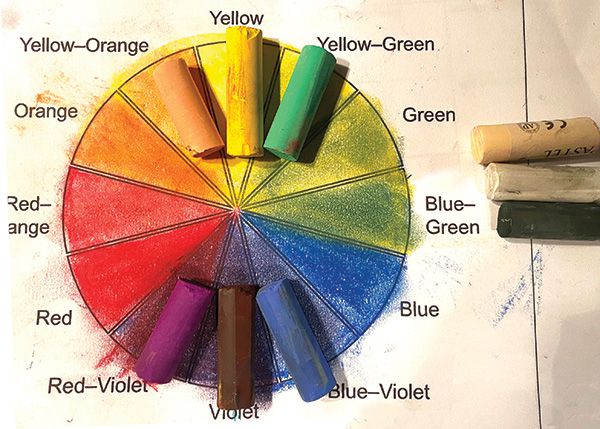
Orange/Blue Complementary Palette and Corresponding Color Analyze
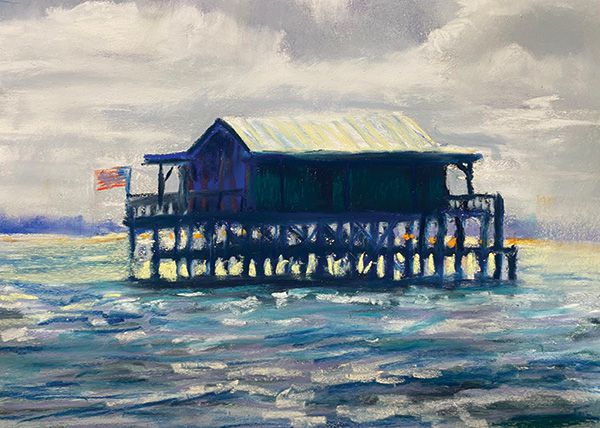

Pink/Green Complementary Palette and Corresponding Shade Research

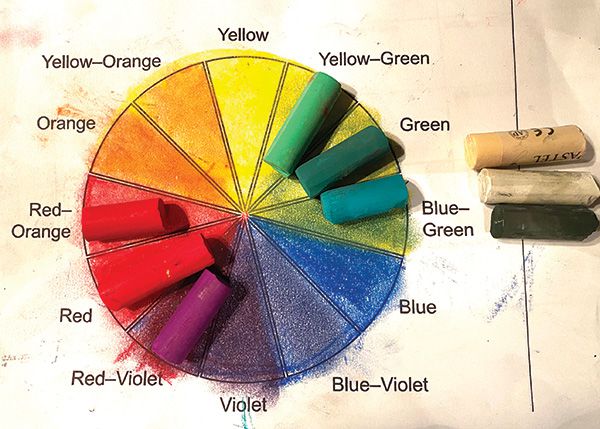
“Human eyes are geared toward complementary shades and are attracted to any portray that skillfully utilizes them to make colour harmony.”
The Payoff
Several beginner pastelists make the miscalculation of using each individual color in the box on a single painting or of failing to develop up shade by layering and neutralizing. The more you review coloration principle and combine it into your artwork apply, the additional desirable your paintings turn into. Even including just a touch of complementary color into a portray will make it pop visually. What is far more, setting up neutrals from your enhances results in coloration harmony—and colour harmony results in a calming and comforting outcome in viewers, as does using a combination of neutrals and higher-chroma shades.
If you use coloration correctly, your viewers will be drawn to your paintings without the need of recognizing why. You will listen to opinions like, “There’s one thing about this painting that I just love!”
Fulfill the Artist: Shawn Dell Joyce
Shawn Dell Joyce (shawndelljoyce.com) is a Florida-centered plein air instructor and the founder of the WallKill River School of Art, in New York. Her perform has been highlighted in a number of publications and is represented in galleries throughout the United States.